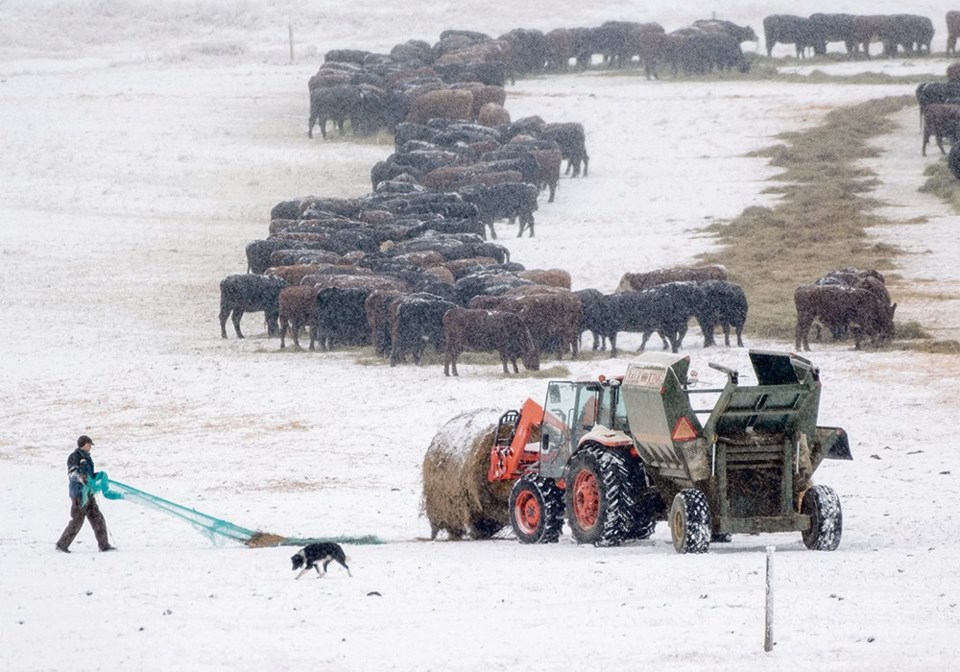WESTERN PRODUCER — A cow-calf operation is not an easy way to make a living with markets seeing 30 to 50 percent swings in the past few years.
However, Cows in Control owner and industry analyst Ryan Copithorne says there are ways to mitigate risks.
Speaking at a recent webinar hosted by the Grey Wooded Forage Association, Copithorne said it’s tough to ask cow-calf operators to spend a lot of time marketing their cattle.
“Being a rancher, I realized through my career there is not nearly enough time spent on marketing and managing risk,” he said. “When you are a rancher, you spend so much time weaning and calving and haying and doing all those things that you never have time to sit down and do those things.”
Copithorne said ranchers sell into the market once a year and if they miss a window to get the best price, “that’s a whole year’s work gone by and it can be really heartbreaking when you miss the timing on your marketing. It affects your cash levels and it affects your debt levels.”
Cattle inventories have declined in recent years and so have forage crops, said Copithorne.
“So, to expect a resurgence in cow numbers right away is going to be a challenge,” he said.
Retail prices continue to surge, but that bright side is clouded by the fact that the prices cow-calf producers receive remains sluggish, said Copithorne.
A record amount of cattle on feed in North America and a shortage of processing capacity are a couple of reasons for recent problems, he added.
“That’s going to change in the next little while,” said Copithorne. “They’re now building new packing space in the (United States) and there is 8,000 to 10,000 head coming on stream in the next few years and that’s going to change things drastically.”
The price of feed spiked last year due to the drought across the West and those prices aren’t expected to fall any time soon, he added.
But the bottom of the cattle market has likely been realized with futures markets for feeders looking to move closer to 2015 levels by fall.
“But the risk is going to be large if you’re unhedged,” said Copithorne.
Hedging might prevent some higher price-taking in good years but it’s a backstop for bad ones.
“You can do everything right on the ranch and the market can negate everything you did,” he said, adding market management can be just as important as ranch management.
“A lot of those people who were banking on calf prices being there in the fall (last year) when they saw those calves getting up to $2.40 a pound, by the time they went to deliver in November, they were at $1.99 and it’s kind of a harsh reality.”
Hedging the U.S. futures and exchange rate can prevent losses but it can be tough for ranchers to put the time into seeing the advantages.
Copithorne said navigating the markets and the various mechanisms for hedges is relatively new for cow-calf operators and comes with a cost, “but I think it’s important to work with somebody, to have somebody to look at those markets for you and with you and help you make those decisions.”
This year will be a particularly challenging market to predict because of fears of a continued drought, war in Europe, rising grain prices and a dwindling North American cattle inventory, said Copithorne.

